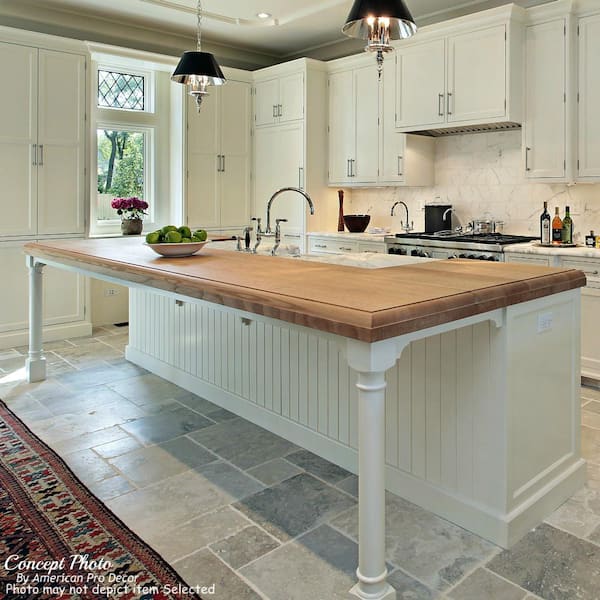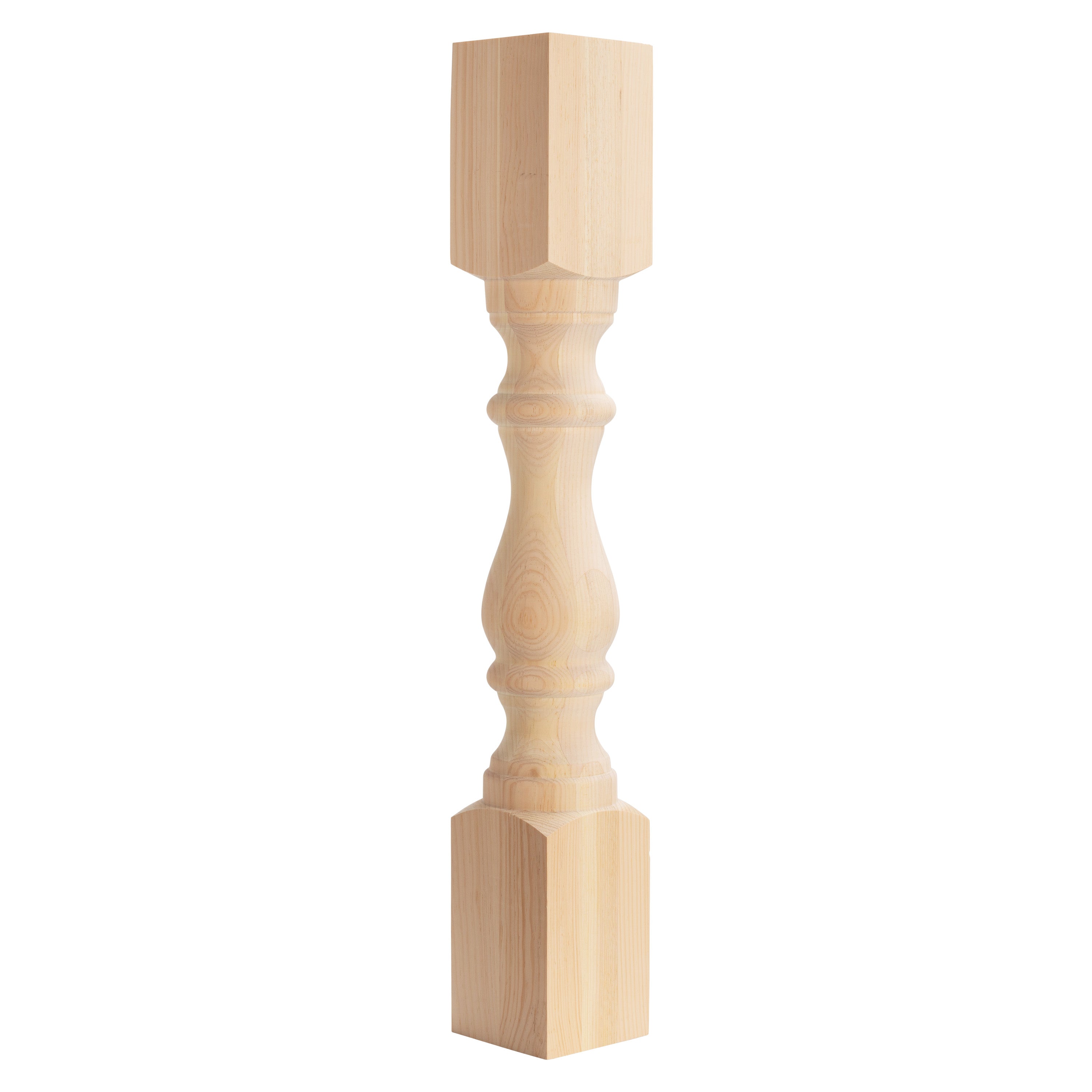Transform Your Space with Innovative Kitchen Island Leg Layouts
Transform Your Space with Innovative Kitchen Island Leg Layouts
Blog Article
The Value of a Sturdy Cooking Area Island Leg in Creating a Useful Food Preparation Area
A durable cooking area island leg offers as a basic element in establishing a useful food preparation atmosphere, offering essential assistance for both the countertop and different kitchen area activities. The security it provides can substantially lower the danger of mishaps in high-traffic locations, while likewise adding to the total aesthetic comprehensibility of the area. As kitchen areas evolve right into multifunctional areas for cooking, dining, and socializing, the choice of materials and design factors to consider for island legs becomes increasingly important. Comprehending these elements can change your cooking area into a more secure and extra reliable location, motivating additional exploration into the most effective options readily available.
Benefits of Sturdy Island Legs
Providing important support, tough kitchen area island legs play a critical role in boosting the performance and longevity of kitchen area islands - kitchen island leg. These legs not just birth the weight of the kitchen counter and any kind of extra items positioned on the island, yet also add to the overall security of the structure. A well-supported cooking area island ensures that it remains upright and practical, also under hefty usage, which is specifically important in busy kitchen area environments
Furthermore, strong island legs can improve the aesthetic allure of the kitchen. They give a solid structure that can complement various design styles, from modern-day to typical. This flexibility allows property owners to tailor their kitchen islands according to individual taste while making sure that the architectural integrity stays uncompromised.
In addition to their encouraging function, durable kitchen island legs can also boost safety. Inevitably, spending in tough kitchen island legs is crucial for a practical and aesthetically pleasing cooking area.
Materials for Kitchen Area Island Legs
When choosing materials for cooking area island legs, longevity and visual appeal are crucial elements to take into consideration,. One of the most typical products include wood, metal, and engineered timber, each offering one-of-a-kind advantages.
Wood, such as oak, cherry, or maple, is a traditional selection due to its stamina and timeless elegance (kitchen island leg). It can stand up to considerable weight and is immune to wear, making it optimal for high-use cooking area settings. Additionally, hardwood can be discolored or painted to complement different kitchen designs
Steel legs, frequently crafted from stainless-steel or wrought iron, give a modern-day and industrial look. They are incredibly solid and can support considerable lots while being resistant to dampness and warmth, which is beneficial in a cooking area. Metal legs can likewise be easily cleansed, enhancing their usefulness.

Style Considerations for Stability
The option of materials for kitchen island legs directly influences the style factors to consider for stability. When developing a cooking area island, it is paramount to assess the weight-bearing capability of the selected products. Much heavier materials, such as solid wood or metal, normally supply better security, especially under the anxiety of daily use.
Additionally, the leg layout must incorporate correct geometry to boost stability. A bigger base raises the assistance area, minimizing the danger of tipping or wobbling. Factor to consider ought to also be offered to the elevation of the legs; disproportionate leg sizes can bring about imbalance, endangering the general security of the island.
Additionally, the circulation of weight across the island is crucial. Ensuring that the leg placement aligns with the heaviest components, such as appliances and counter tops, will even more boost security.
Upkeep Tips for Longevity

Cleaning is an additional important facet of maintenance. Depending on the material of the legs-- whether wood, metal, or composite-- suitable cleaning methods must be used. For wooden legs, a gentle wipe with an ideal timber and a wet towel cleaner will aid preserve their finish. Metal legs might require a light gloss to protect against rust and keep their radiance.
In addition, tightening screws and browse around here screws consistently can make certain security and prevent wobbling. If the kitchen island experiences heavy use, consider enhancing the legs with extra braces or supports to enhance longevity. Lastly, applying a safety surface or sealant can protect versus wetness and discolorations, extending the life-span of the legs. By adhering to these maintenance ideas, homeowners can ensure their kitchen area island legs continue to be practical and robust for several years to find.
Choosing the Right Leg Style
Normal upkeep guarantees that kitchen area island legs continue to be useful and durable, yet picking the appropriate leg style is similarly vital for both visual appeals and support. The choice of leg design can significantly affect the general design and harmony of your cooking area.

Functionality is an additional vital element. As an example, thicker legs or those with a sturdy base can support heavier kitchen counters and devices, boosting the island's energy. Conversely, slim legs might create a ventilated look, ideal for lighter styles however potentially less supportive.
Verdict
In summary, the significance of strong cooking area island legs can not be overstated in the production of a practical cooking location. These legs give essential assistance, boost security, and add to the total aesthetic of the kitchen.
A strong kitchen island leg offers as a fundamental component in developing a functional food preparation environment, supplying essential support for both the kitchen counter and numerous cooking area tasks.Giving crucial assistance, sturdy cooking area island legs play a critical duty in boosting the functionality and resilience of cooking area islands. Eventually, spending in tough cooking area island legs is important for a useful and visually pleasing cooking location.
Factor to consider needs to also be given to the height of the legs; disproportionate leg lengths can lead to discrepancy, compromising the general stability of the island.
Wood legs give warmth and a classic appearance, while steel legs use a modern and industrial feel.
Report this page